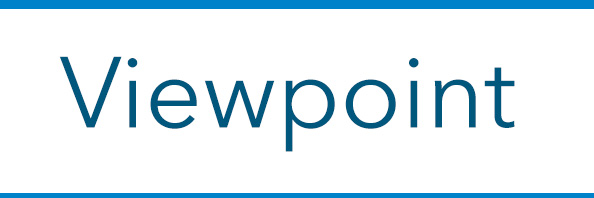The country’s labor shortage continues to flummox employers, with nearly 10 million job openings going unfilled in industries as varied as healthcare, K-12 education, manufacturing and hospitality. The sustained lack of workers — from engineers, to computer scientists — is not only causing headaches for hiring managers but stymying the federal government’s efforts to strengthen the country’s infrastructure and boost the economy.

A Harvard Business School report found that community colleges are key to confronting America’s rapidly widening and chronic skills gap, urging employers and two-year institutions to partner to offer education and training more closely aligned with industry needs. But while community colleges have long proven critical to achieving the nation’s workforce goals, the moment demands more from all colleges and universities. Institutions of every type — public and private, rural and urban, two-year colleges and four-year universities — should be working toward the common goal of building the future by strengthening connections with industry partners today.
Delving deeper into data
Driven, in part, by rising costs, low unemployment and rising skepticism of the degree as a proxy in the hiring process, institutions across higher education are feeling a heightened sense of urgency to demonstrate real labor market returns for their students’ education investments. For a growing number of colleges that are facing dire financial realities and declining enrollment, creating educational offerings that are tightly linked with the needs of the labor market is becoming a survival imperative.
Creating these stronger industry pathways starts with gaining greater insights into the needs of the labor market. This means developing greater capacity to track and interpret data on labor market and hiring trends, as well as creating open and consistent lines of communication with local employers.
Although more and more institutions are using labor market information to adjust curricula, design enrollment strategies and tailor career advising, four-year colleges and universities still lag significantly behind community colleges in this regard. Recent research from Rutgers University found that while virtually all two-year colleges now leverage labor market data to better understand the skills certain jobs require, only 70% of public four-year colleges and 60% of private four-year colleges seek out such information.
Institutions cannot crack the code on industry pathways without first understanding with a much higher degree of precision the growth trajectory of specific industries, skills, and jobs within the surrounding communities and regions.
Dual-mission institutions
While it remains a characteristic most often associated with community colleges, regional comprehensive universities have also long focused intensely on local economic development. Their mission is best summed up in a phrase coined by the American Association of State Colleges and Universities: stewardship of place. These institutions maintain deep connections to the places and communities where they are located and have cultivated lasting relationships with state leaders and regional employers.
In recent years, another model has begun to grow in popularity: the dual-mission institution. A growing number of colleges and universities are eschewing the false dichotomy between technical degrees and liberal arts — and finding ways to offer a mix of both in ways that are more responsive to the needs of local employers and industries.
At Georgia’s Albany State University, for instance, students can enroll in a variety of programs informed by the institutions’ partnership with the nearby Marine Corp Logistics Base. Colorado Mountain College offers a range of credentials to help train community staples like teachers, nurses and law enforcement officers, but the college is also home to one of the only avalanche science programs in the country.
The flexibility of the dual-mission model may inspire other institutions that are looking to become more agile in responding to the needs of a fast-changing labor market — and an increasingly diverse student population.
Affordable, accessible and flexible
More students than ever are juggling work and family responsibilities as they pursue the education and training they need to further their careers. Institutions should design opportunities with these learners specifically in mind, with programs driven by affordability, accessibility and flexibility, as much as they are by workforce relevance. If students do not have the support and resources they need to complete a program, it will hardly matter how connected the curriculum is to the labor market.
Colleges and universities working to get more people into meaningful career paths are learning they need to meet both employers and students where they are. After all, institutions are not manufacturing widgets. There is no one-size-fits-all, interchangeable template for helping students succeed as professionals in the long term. Instead, this task requires undergirding meaningful, ongoing partnerships with employers with intentional, high-touch support for learners.
For example, Austin Community College (ACC) in Texas offers training, certification and associate degree programs rooted in local industry demands — as well as four bachelor’s degree programs designed to help working professionals build on their existing experiences and advance in their careers. Crucially, ACC has integrated a success coaching model into its academic advising program. Advisors and coaches work one-on-one with students to not only help them register for classes and select a major, but to navigate financial, family and career-related challenges that can throw them off course from earning a degree.
By creating pathways to careers that are informed by data and centered around the needs of learners, institutions can strengthen the labor market and help more students achieve their goals. All colleges and universities can work to better serve their communities, regardless of whether the word “community” is part of their name.





